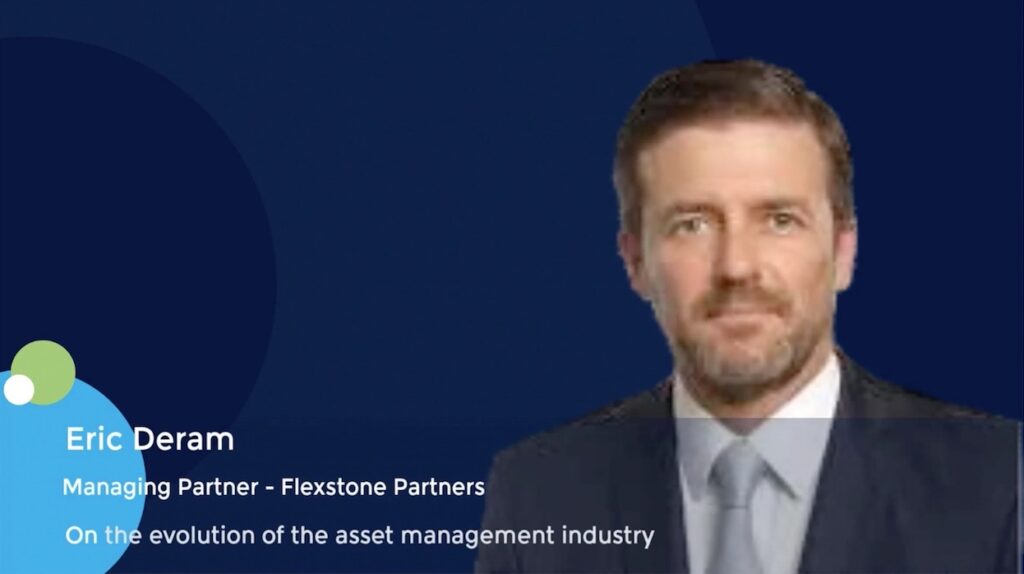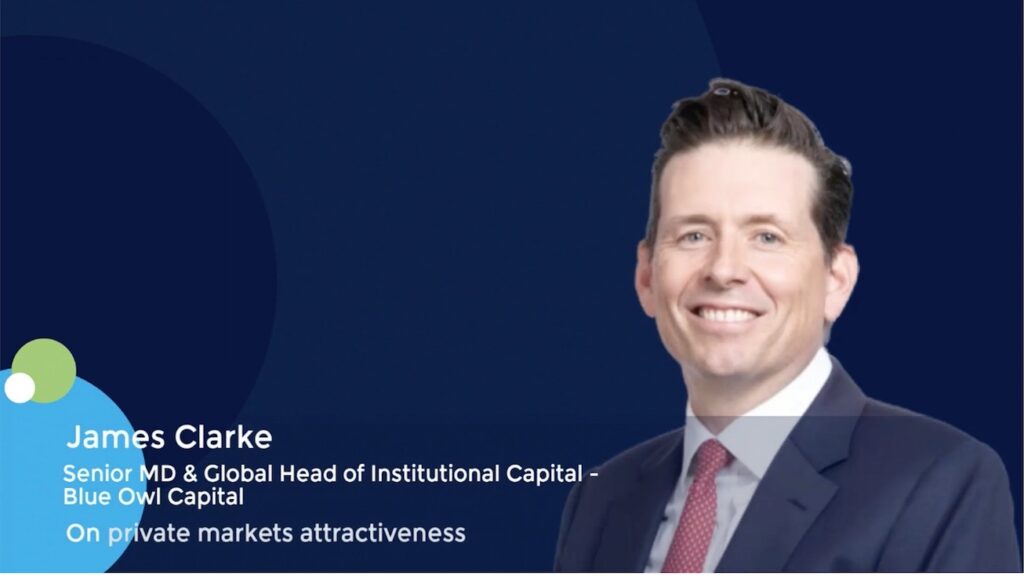Pearl Energy Investments targets oil and gas carve-outs with latest flagship after swift fundraising – Fund Focus
- Fund IV has made two investments
- Targeting teams that it has worked with in the past
- On the lookout for divestitures from oil majors
It took Pearl Energy Investments only four months to raise its USD 999.9m fourth fund, compared with the 18 months it took to close its third USD 705m fund, a testament to the positive momentum in the oil and gas space and the dissipating concerns about lack of exits.
Pearl Energy Investments, IV (PEI IV) – which closed right at its hard cap of just under USD 1bn – will target mostly upstream assets, continuing Pearl’s “bottoms-up” investment approach, but will remain “flexible and responsive based on where we see the best risk adjusted returns,” said Stewart Coleman, partner.
Historically, Pearl’s portfolio has been about 85%-90% upstream oriented, he said. Eleven of the 14 current investments listed on its website are upstream companies.
Most of the assets that Dallas-based Pearl has acquired over time have been divested by larger, public operators and that will continue to be its strategy.
“Given the degree of M&A and consolidation activity in the upstream space over the past 24 months, we expect there to be a steady supply of portfolio optimization-driven divestitures by public operators in basins we are active in,” said Coleman.

Stewart Coleman, partner at Pearl Energy Investments.
This news service reported in January that last year’s gusher of mega-deals, including Diamondback’s [NASDAQ:FANG] USD 28.1bn acquisition of Endeavor Energy Resources, could prompt a slew of divestitures.
ConocoPhillips [NYSE:COP], for example, has announced it intends to offload USD 2bn worth of non-core assets in 2025 following its USD 22bn acquisition of Marathon Oil. On 6 February, Houston-based ConocoPhillips announced on its 4Q24 earnings call that it signed purchase and sale agreements for about USD 600m of non-core Permian Basin assets and that it plans to close the deals in the first half of 2025.
And Colombian President Gustavo Petro recently called on state-owned Ecopetrol [NYSE:EC] to divest its fracking operations in the Permian’s Midland sub-basin.
Four of Pearl’s current portfolio companies – Permian Resources [NYSE:PR], Swordfish Energy, Slant Energy and Powderhorn Energy Partners – operate in the Permian and its sub-basins.
In September, Permian Resources acquired certain Delaware Basin assets in Texas and New Mexico from Occidental Petroleum [NYSE:OXY] for USD 818m following Oxy’s USD 12bn acquisition of CrownRock.
Pearl has already made two undisclosed commitments out of its PEI IV fund, both to upstream teams it has partnered with previously. “We expect 60%-70% of the investments we make out of Fund IV to be with repeat teams where we have a track record of partnership and success,” said Coleman. “We look to partner with best-in-class entrepreneurs to acquire assets in basins where we believe they have technical and commercial competitive advantages.”
Pearl can shift its focus between smaller and larger deals, different basins, and different commodities at any point, he added.
The average commitment size for the PEI IV fund will be about USD 100m, in line with Pearl’s previous funds. However, the increased size of the fund allows the sponsor to opportunistically target larger deals, said Coleman, noting that in the past it has led equity investments requiring more than USD 400m of capital.
Competition
Pearl will certainly face competition as other specialist sponsors also build up their war chests.
In October alone, Houston-based Quantum Equity Partners announced it raised USD 10bn across three energy-focused funds, including its USD 5.3bn PE flagship Quantum Energy Partners VIII fund, and Houston-based EnCap Investments announced it raised a total of USD 6.4bn for its 12th energy-focused fund.
Dallas-based NGP, for its part, closed a USD 3.3bn fund and Los Angeles-based Kayne Anderson is currently closing an oversubscribed energy fund, according to Houlihan Lokey.
This rebound in fundraising activity underscores the continued appetite of investors for oil and gas assets and the expectation of a friendlier regulatory environment under President Donald Trump’s administration, said a sector banker.
Coleman also noted that investors’ fear of “stranded assets” in oil and gas has diminished as limited partners investing in the sector believe in the durability of oil and gas demand over the next several decades.
On 3 February, one of Pearl’s portfolio companies, Infinity Natural Resources [NYSE:INR], launched its initial public offering (IPO) receiving net proceeds of about USD 238.6m. Pearl remains the largest shareholder of Infinity post IPO.
There were 12 sponsor exits in the US upstream sector in 2023 for a total deal value of USD 29.3bn, the largest since Mergermarket records began in 1995.
And yet, there is still substantially less private equity capital available today because many sponsors have pulled backed from oil and gas, said Coleman. “We expect this to be a positive for returns.”
Indeed, despite the flurry of upstream dealmaking in the past 24 months, there have been only seven reported private equity buyouts in the sector worth a combined USD 2.5bn in that same period, according to Mergermarket data. That is a far cry from the 24 buyouts with a total deal value of USD 10.7bn seen in 2018.
Kirkland & Ellis serves as fund formation counsel for Pearl’s PEI IV fund. The sponsor did not engage a placement agent.











